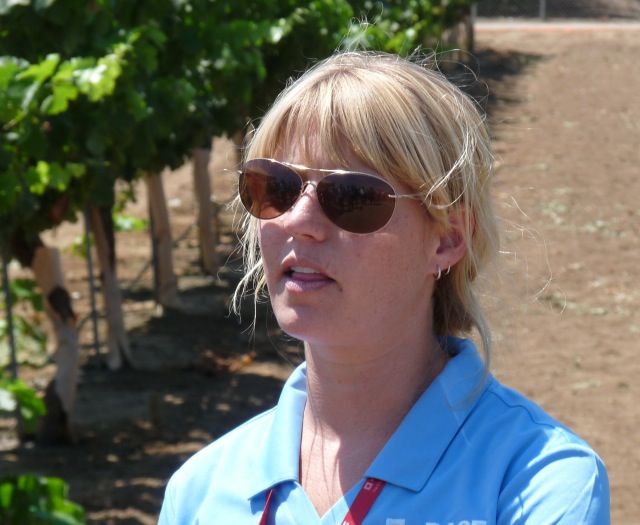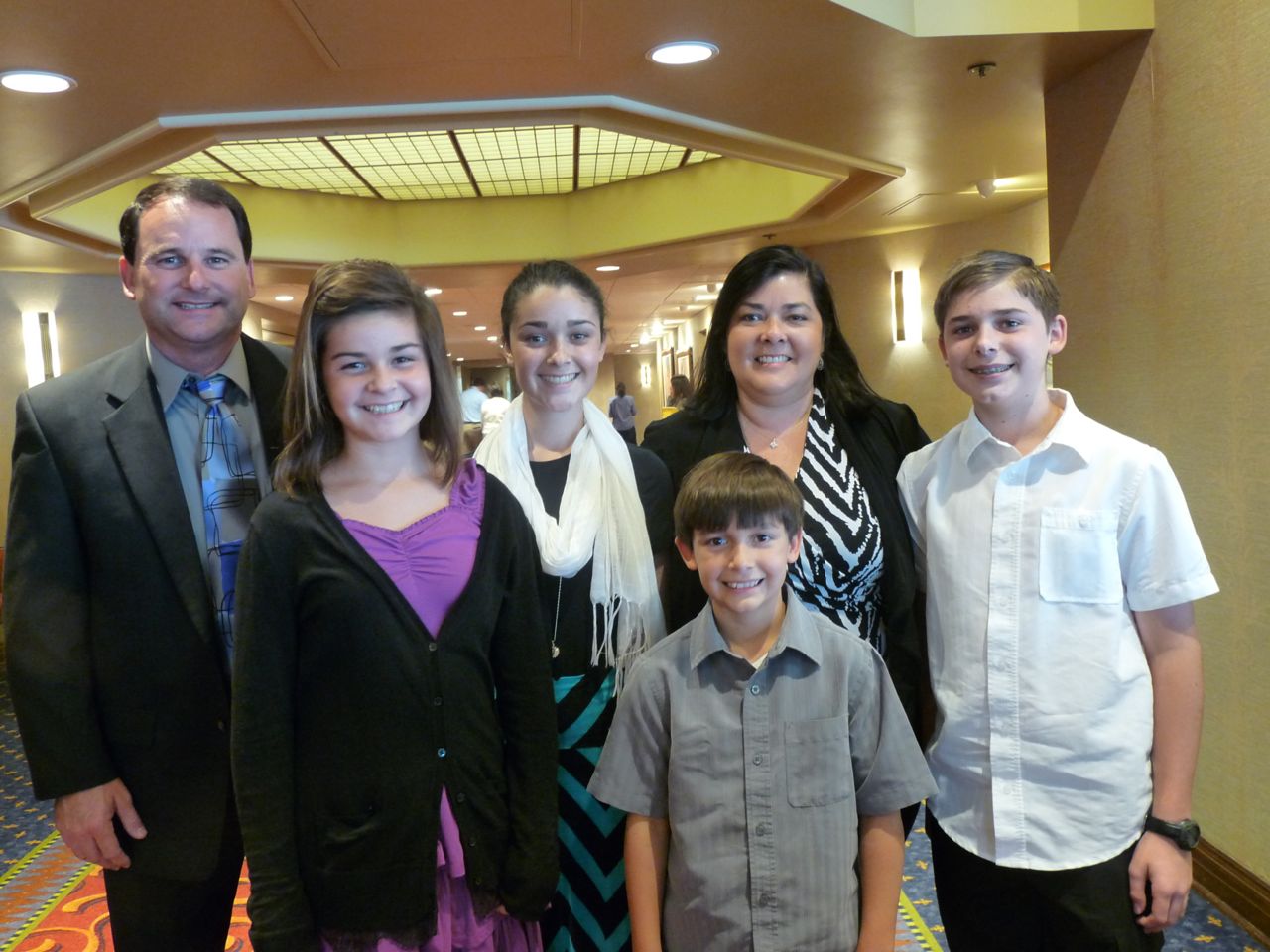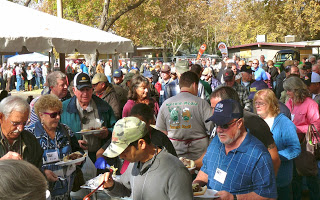Unprecedented CAPCA Conference Attendance!
Agriculture Needs a Hero! Welcome to the Annual CAPCA Conference.
In an exclusive interview at the 42nd Annual California Association of Pest Control Advisers (CAPCA) Conference & Agri-Expo TODAY in Anaheim, CAPCA CEO and President, Ruthann Anderson, shared, “We have had an unprecedented response here at CAPCA.”
“Registrations are at an all-time high,” she continued. “We’ve actually sold out the entire show as well as registrations with 1600 attendees. There were just a handful of walkups that we unfortunately just couldn’t accommodate today. We are excited and looking forward to continuing to have a high professional continuing education program as well as an exhibit hall here today.”
“This year’s theme is ‘Fighting the Fear, Feeding the Nation,’ said Anderson, “so we’ll have Captain CAPCA as well as Doctor Foe here this morning.”
Click here to meet Captain CAPCA and Doctor Foe on this CAPCA ‘NEWS’ video!
Anderson reflected, “You know for us, CAPCA really represents the Pest Control Advisors (PCAs) for production ag and turf and ornamental. As a requirement for their continuing education, they need 40 hours in order to renew [their certification]. For us, bringing together continuing education as well as networking is so valuable for them as they move into the new year.”
Some “Top Gun” people speaking this year, according to Anderson, “are obviously some of our main sponsors. Bayer CropScience and FMC Corporation are both doing high-level presentations. We also have Kern County agricultural commissioner Ruben Arroyo talking about the new proposed regulations for buffer zones around schools, so that’s going to be a great conversation starter for all of our members.”
“We appreciate all of the support we receive,” Anderson stated. “It’s so valuable for us. We exist because of volunteers and we exist because of our membership. We are grateful for all of them.”
The California Association of Pest Control Advisers (CAPCA) represents more than 75% of the nearly 4,000 California EPA licensed pest control advisers (PCAs) that provide pest management consultation for the production of food, fiber and ornamental industries of this state.
CAPCA is dedicated to the professional development and enhancement of our member’s education and stewardship, which includes legislative, regulatory, continuing education and public outreach activities.
CAPCA membership covers a broad spectrum of the industry including agricultural consulting firms, U.C. Cooperative Extension Service, city, county and state municipalities, public agencies, privately employed, forensic pest management firms, biological control suppliers, distributors, dealers of farm supplies, seed companies, laboratories, farming companies and manufacturers of pest management products.


















